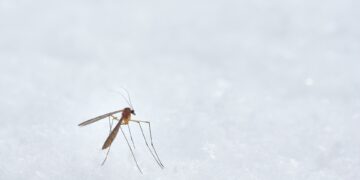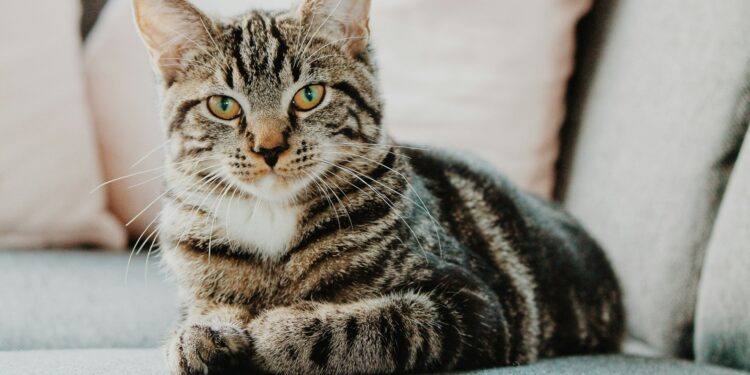This is unexpected.
A recent study published in Emerging Microbes & Infections raises concerns about the role domestic cats may play in the spread and evolution of the H5N1 bird flu virus. Although bird flu is commonly associated with poultry and wild birds, the research suggests that cats could become a key factor in the virus’s transmission, potentially leading to more dangerous mutations. The study highlights that cats may mix with both wild animals and humans, which increases the risk of the virus adapting in a way that could allow it to spread more easily between people.
Since 2018, the H5N1 virus has caused the death of numerous cats, especially those in areas where livestock, such as dairy cows, were infected. While the virus has affected at least 60 people, most of whom had direct contact with infected animals, it does not currently spread easily among humans. However, researchers warn that if a cat were to be infected with both H5N1 and a seasonal flu virus at the same time, this could create the conditions for the bird flu virus to mutate and become more contagious.
The study comes at a time when the U.S. Department of Agriculture (USDA) has increased testing for H5N1 in dairy herds, following the discovery of infections in cattle. However, there has been little focus on tracking the virus in other animals like cats. Dr. Suresh Kuchipudi, a veterinary microbiologist, has emphasized the importance of expanding surveillance to include cats, as they could play a significant role in the evolution of the virus.
In one case, researchers in South Dakota found that 10 outdoor cats died after exhibiting symptoms similar to those of the H5N1 virus, and the virus they carried closely resembled the strain found in nearby dairy cows. This suggests that cats could become infected by eating wild birds that have been exposed to the virus. Although pigs were once considered the ideal hosts for flu virus mutations, experts now believe that cats could also be a key factor due to their ability to host both seasonal and bird flu viruses.
Since late 2022, at least 53 domestic cats in the U.S. have tested positive for H5N1. The virus has already infected a wide range of species, including over 90 types of birds and 20 different mammal species. Experts warn that the virus is evolving in unexpected ways, which could increase the threat it poses to both animals and humans.

































Discussion about this post